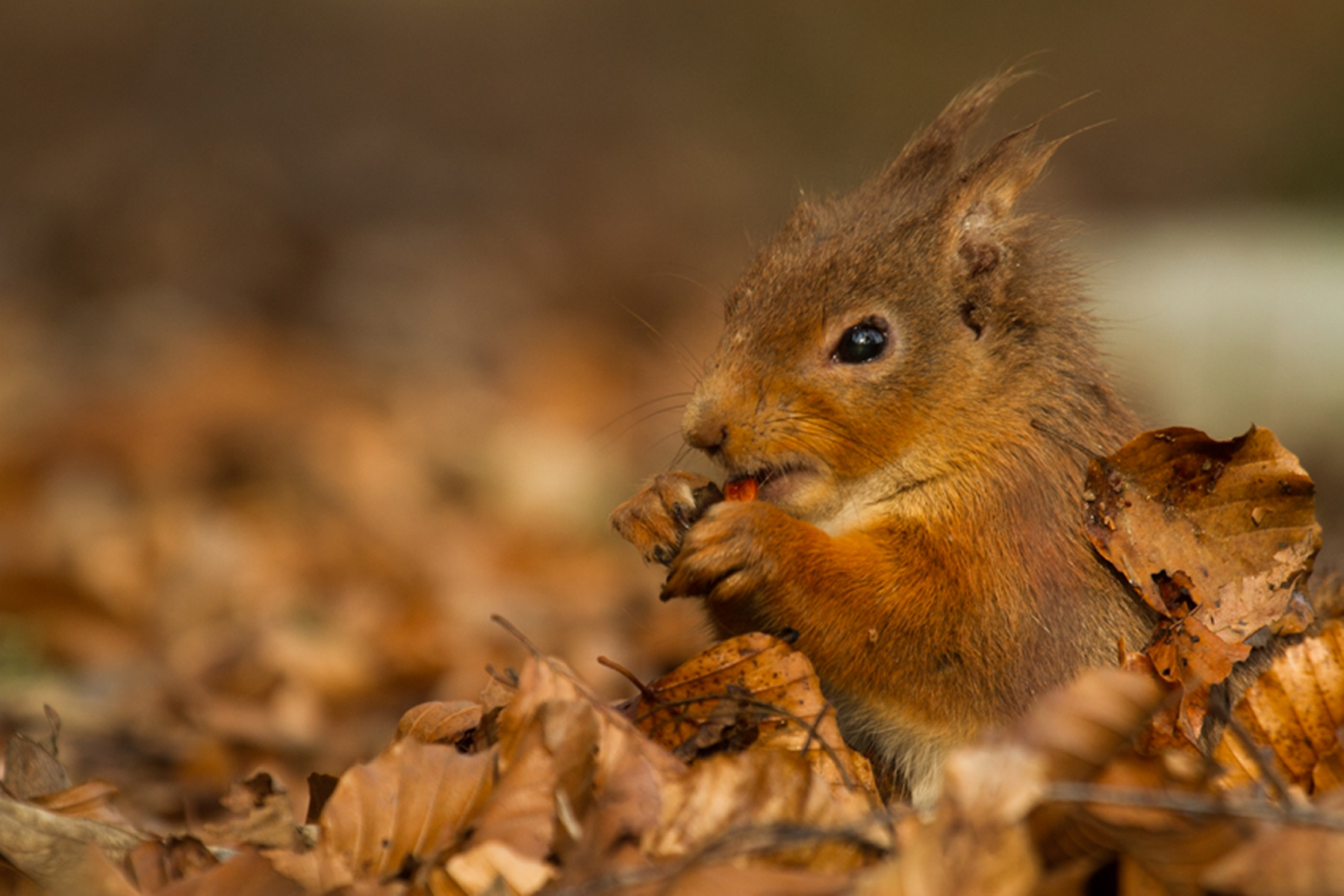Academics have concluded that red squirrel populations in the north and north-east are “unlikely” to be struck down with a deadly pox carried by their grey cousins.
Professor Andy White and Dr Peter Lurz of Heriot-Watt University in Edinburgh have carried out research that predicts that colonies in Aberdeenshire, Moray, the Highlands and Argyll will be safe from harm.
There are around 121,000 red squirrels in Scotland and the animal was voted the country’s second favourite after the golden eagle last year.
They can be found in woodland near Nairn, Banchory, Inverurie, Aberdeen, the Cairngorms, and Loch Awe in Argyll.
A report published by Scottish Natural Heritage yesterday outlined the results of disease modelling work carried out on squirrelpox virus.
Believed to have been introduced to the UK by non-native grey squirrels, red squirrels exposed to the virus experience severe symptoms and high mortality rates.
Squrrelpox, first reported in southern Scotland in 2005, has been a major factor in the decline of red squirrels in England and Wales.
The two academics used mathematical techniques to represent the changing densities of red and grey squirrel populations and the transmission of the virus.
The work explored how the disease could spread through Scotland, based on estimated squirrel densities from digital land-cover maps.
Grey squirrel control was also simulated to examine what effect it could have in limiting the spread of the disease.
There are between 200,000 to 300,000 grey squirrels in Scotland and populations extend as far north as Argyll and Tayside, with an isolated colony in Aberdeenshire.
Prof White, who specialises in mathematics, said: “Our work showed that it will be challenging to contain the squirrelpox virus in southern Scotland, where there is abundant woodland suited to grey squirrels.
“Without grey squirrel control, the virus will likely continue to spread across all areas where grey squirrels exist.
“Importantly, however, our research found that the virus is unlikely to spread through areas that only have red squirrel populations, which is great news for the red squirrels of the Highlands, parts of Tayside, Argyll, Moray and Aberdeenshire.
“The key will be to remain vigilant for grey squirrels trying to colonise these areas.”
